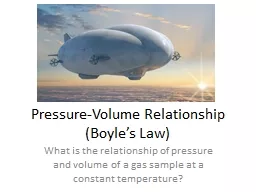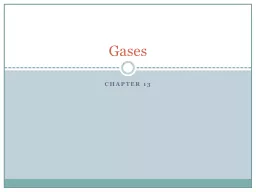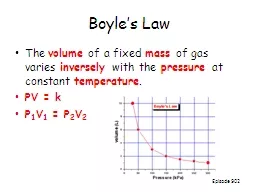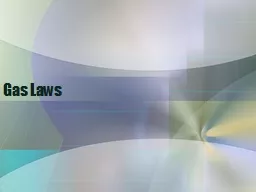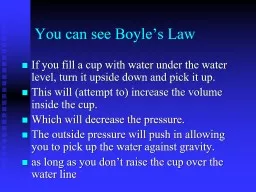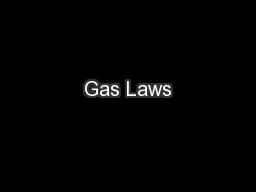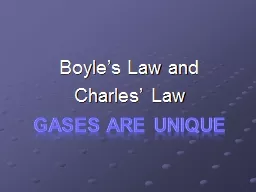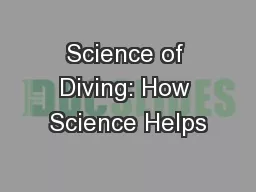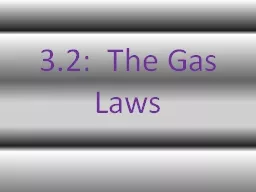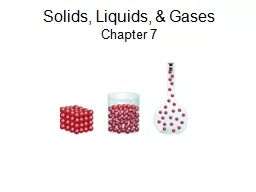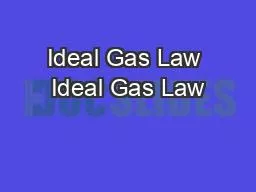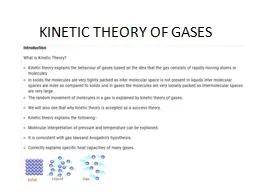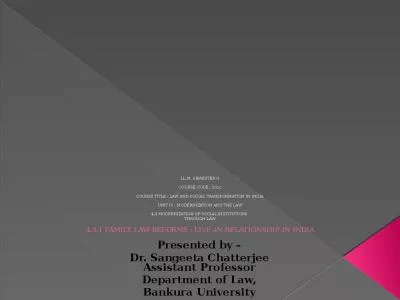PPT-Pressure-Volume Relationship (Boyle’s Law)
Author : stefany-barnette | Published Date : 2017-08-27
What is the relationship of pressure and volume of a gas sample at a constant temperature When you capped the end of the syringe with a certain volume of air in
Presentation Embed Code
Download Presentation
Download Presentation The PPT/PDF document "Pressure-Volume Relationship (Boyle’s ..." is the property of its rightful owner. Permission is granted to download and print the materials on this website for personal, non-commercial use only, and to display it on your personal computer provided you do not modify the materials and that you retain all copyright notices contained in the materials. By downloading content from our website, you accept the terms of this agreement.
Pressure-Volume Relationship (Boyle’s Law): Transcript
Download Rules Of Document
"Pressure-Volume Relationship (Boyle’s Law)"The content belongs to its owner. You may download and print it for personal use, without modification, and keep all copyright notices. By downloading, you agree to these terms.
Related Documents

